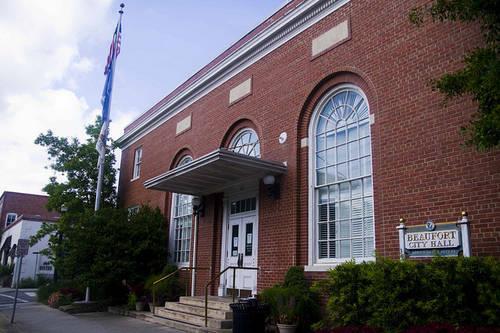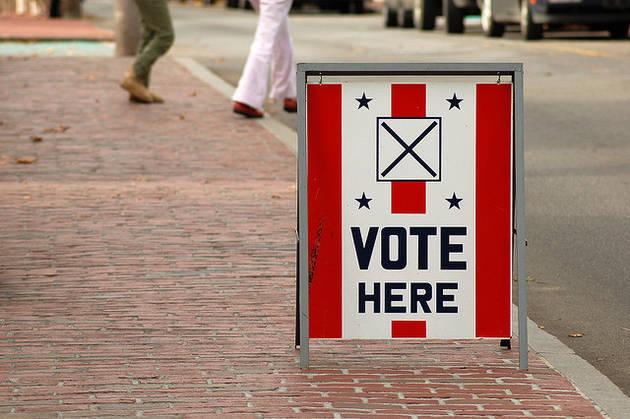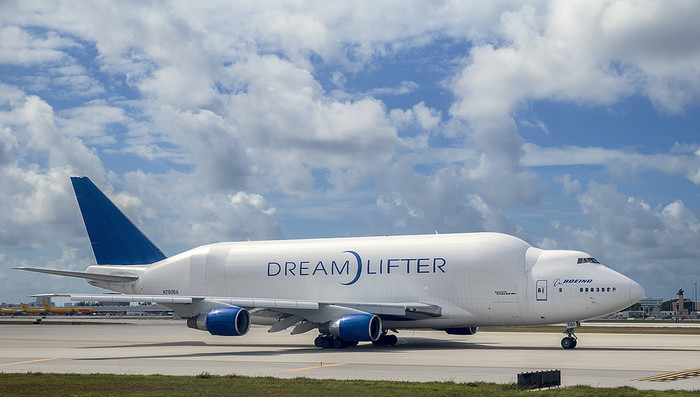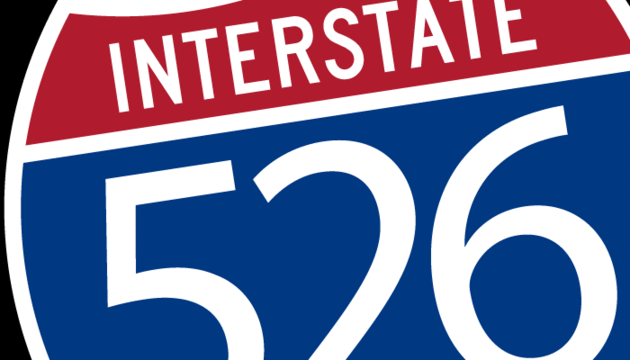|
Moving Forward is Not Always Easy:
Informed Decisions Require Open and Civil Conversation
If
there is a silver lining in today's tough economic times, it is that we are
being forced into conversations about new ways of doing business to achieve
sustainability.
Because issues are important and matter to all of
us, these conversations are often heated and even contentious. We must keep the
conversation civil and ultimately arrive at decisions that will hopefully make
our hometown an even better place for all.
I
believe the lively conversation over the JSF 35-B is about the ultimate
sustainability of MCAS Beaufort at a time when it is likely there will be
reductions in defense spending and subsequent base closures.
I
believe the emotional conversation over rebranding USCB, and expanding the
Beaufort College campus, is about sustaining and growing a community, regional,
state and national asset at a time when state government has essentially
abandoned it.
I
believe conversations among non-profit organizations suffering from falling
revenues are about the struggle to meet growing needs with fewer resources and
making difficult changes required for survival.
Fortunately,
in late 2008, when the City saw early signs of a falling economy and
anticipated revenue shortfalls, we implemented mid-year budget cuts to ensure a
balanced budget at year's end. Knowing that a general tax increase was
not an option, when expected revenues fell by 20%, we were forced to learn to
do more with less.
While
I have lauded my City Council colleagues and our Staff for the changes we
achieved, I have perhaps implied that we did the "obvious" and it was
"easy." That is not the case! At our public work sessions
we sat around a table analyzing challenges, reviewing options while often
disagreeing amongst ourselves. But, committed to doing what was necessary, we
took the time to understand other's concerns and differing points of view. We
invited citizens to the table to talk about issues that affected their
neighborhoods. We brought in experts to teach us new ways. In the
end, through a civil conversation and mutual respect, we built consensus and
moved forward to do what had to be done.
While
the City is fiscally sound, a larger conversation about our future is brewing.
It is about rebuilding our City on its original framework. Let me
explain.
As
stores and other businesses shut their doors, we are awakened to the fact that
our City of only 12,000, moderate to low income people, half of whom are
renters, has not grown during the past two decades. We must grow. The
question is how?
Beaufort
was designed to be lived in, to work in, and to play in. Between Ribaut
Road and Carteret Street, and Bay and Boundary Streets, including adjacent
neighborhoods like Pigeon Point, Higginsonville, Floyd Heights and Hundred
Pines, Beaufort is interconnected, presents a human-scale, is walkable, diverse
and, in some parts, had a mixed-use framework. The civic infrastructure
of those days, fortunately, remains in our churches, our schools, our parks and
our core center. But today there is a lot of empty space not used for
what it was meant to be.
Over
the past fifty or so years, we inadvertently almost destroyed our "model
town" and are today at risk of losing its original beauty and
functionality. We imposed suburban standards of zoning, created bulky and non
user friendly development processes, and encouraged investment outside of our core
city, creating sprawl which is very inefficient and has driven up the cost of
government. By separating uses and caving in to special interests through
what now appear to have been stupid annexations, we created a fractionalized
community which, in its original designed form, was meant to interconnect us
economically, socially, environmentally, and culturally.
How
do we turn this around, re-instill the city's functionality, make more room for
small businesses and build a strong future for the City which is the golden
centerpiece of the region?
If
one reviews our city's comprehensive plan, one will understand our mission is
to grow Beaufort from within, to build on our long standing urban model and to
become more resilient to the ups and downs of the economy and the whims of
special interests. For those who want to review the plan, it can be found at www.cityofbeaufort.org under the Planning Department.
A
plan is one thing. Getting citizen "buy in", harnessing the public
and private resources and implementing the plan is yet another. The following
are some of the many issues under discussion.
Downtown
Infill - The Issue: there is a tension between historic preservation and the
desire to construct new infill in the historic core of downtown. Furthermore,
downtown has lost its balance between serving those who come to visit and those
who live here and would like to shop if the goods and services we require were
available. A Solution: Create a detailed urban design plan for
the core city that balances our historic character with a reasonable level of
contemporary infill so downtown might again be a "living downtown"
for the entire community, not simply an outdoor museum for visitors. When I
talk about "downtown," I am talking about all of the connected
neighborhoods and not just Bay Street.
Regeneration
of the Northwest Quadrant- The Issue: The NWQ neighborhood is in a period of
long decline and disinvestment though it is a neighborhood that represents the
kind of social and economic diversity required to make a downtown survive.
A Solution: Encourage select improvements on a block by block basis
that is complimentary to the historical and cultural significance of the area
using strategic investments and more consistent and user friendly codes.
Civic
Engagement - Over the past eighteen months we have worked hard to strengthen
existing and build new neighborhood associations who are working hand in the
hand with the City. With their help, we can improve Beaufort, neighborhood
by neighborhood and block by block so we can regain our resilience become even
more walkable, include more mixed (property) use opportunities and repair the
emptiness that recent development patterns left us with.
Many
of the answers are found in a "form base code." Though many use
the term loosely, many do not understand what it means. Instead of learning,
using false assumptions and misunderstandings, many are likely to resist the
fact that they may have to do things differently to recapture the functionality
of the original Beaufort. And yet others are sitting on the sidelines oblivious
to the conversation and will not speak up until they see change which they may
or may not like.
The
City of Beaufort, The Town of Port Royal and Beaufort County Council are
investing in the development of a form base code. I urge you to learn
about it, join the conversation, talk with us, share your thoughts and, by
doing so, help us make Beaufort what it was designed to be and what we want it
to be - - a functional, sustainable, diverse and financially healthy City.
I am always interested in your thoughts
and can be reached at billyk@islc.net
|



